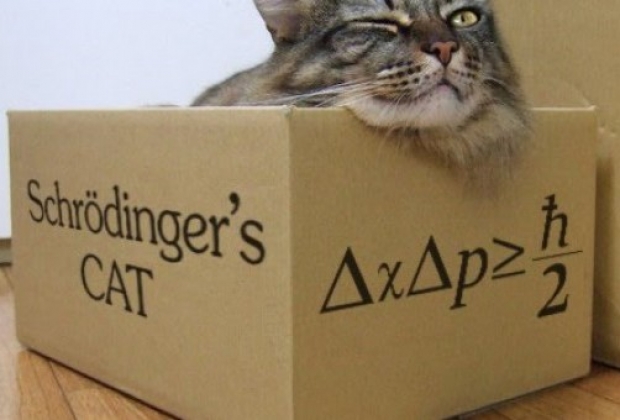The result is a stepping stone to ultrasecure communication networks and, eventually, a space based quantum internet.
For those who came in late, entanglement involves putting objects in the peculiar limbo of quantum superposition, in which an object's quantum properties occupy multiple states at once.
Theoretically, even if entangled objects are separated, their precarious quantum states should remain linked until one of them is measured or disturbed. Measurement instantly determines the state of the other object, no matter how far away.
In 2015, the most sophisticated of these tests involved measuring entangled electrons 1.3 kilometres apart.
The experiments could enable hack-proof communications as long strings of entangled photons, shared between distant locations could be used as "quantum keys" that secure communications.
Anyone trying to eavesdrop on a quantum-encrypted message would disrupt the shared key, alerting everyone to a compromised channel.
Entangled photons quickly degrade as they pass through the air or optical fibre. So far, the farthest anyone has sent a quantum key a few hundred kilometres.
"Quantum repeaters" that rebroadcast quantum information could extend a network's reach, but they aren't yet mature
The thought is that if you use satellites to send quantum information through the near-vacuum of space and have satellites distributing your quantum signals throughout the globe you could have a quantum internet and don't have to worry about degraded signals.
Jian-Wei Pan, a physicist at the University of Science and Technology of China in Shanghai, tested the idea when the Micius satellite, named after an ancient Chinese philosopher, was launched in August 2016.
The satellite is the foundation of the $100 million Quantum Experiments at Space Scale program, one of the several missions that China hopes will make it a space science power on par with the United States and Europe.
The team sent a laser beam into a light-altering crystal on the satellite. The crystal emitted pairs of photons entangled so that their polarisation states would be opposite when one was measured. The pairs were split, with photons sent to separate receiving stations in Delingha and Lijiang, 1200 kilometres apart.
Both stations are in the mountains of Tibet, reducing the amount of air the fragile photons had to traverse.
Pan's team recovered only about one photon out of every six million sent from the satellite—far better than ground-based experiments but still far too few for practical quantum communication.
Published in
News
Chinese networked intertwined quantum particles
1,200 kilometres without needing a cat
Chinese boffins have sent intertwined quantum particles from a satellite to ground stations separated by 1,200 kilometres, smashing the previous world record and not needing a cat to work.




